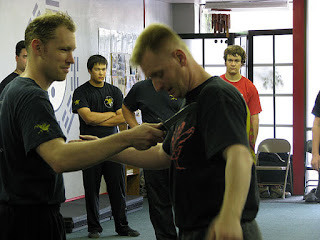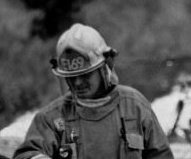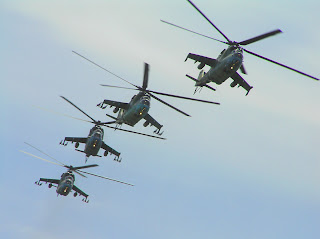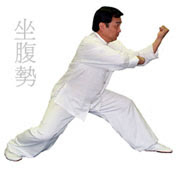Daoist Stepping Patterns
By Shifu Andrew Miles
 |
| Wudang before heaven and post heaven stepping patterns. |
In Sichuan I encountered many family systems of martial arts. I met people who practiced bagua as well as other obscure systems no one has heard of before. No matter what they were called, the systems are based on ancient theories. Daoism in China is grey, drab, and down to Earth and contrasts starkly with the Daoism is the western imagination. It is rooted in the soil. Much of what is considered esoteric and meriting special meditation workshops in the west is common knowledge in China. It is how people farm. Many martial arts systems don't have names, but the concepts of the family systems are still guided by the Daoist theories.
Many martial artists in China will only show military san da on the surface, but if they come to trust you will reveal much deeper side to their art. This is similar to the way Chinese families will claim to be be educated and not religious, yet will pray to their ancestors and burn money for them on select days determined by the ancient calendar. In the west we have a multitude of techniques, and use comparatively few stepping patterns. I found the opposite to be true in China. People knew one or two movements from a form and yet had a variety of stepping patterns.
Stationary
2 steps
3 steps
4 steps
5 steps
6 steps
7 steps
8 steps
 |
| Plum flower poles are so named because plum flowers have five petals. This represents a stepping pattern. |
Posts are used to train stepping patterns, both by walking on top of them and by moving freely between them. Plum flower posts are found in city parks where children and old people step on them for balance.
How many steps does it take to walk in a circle? Take 360 and divide by the number of steps and you get a precise stepping angle.
The Chinese concept of numerology helps to balance systems. These numbers and the theories they represent would help people to categorize techniques as being more or less yang or yin.
2 steps with 5 phase striking= Xing Yi
8 steps with 8 palms= baguazhang
5 steps with 8 postures= Taijiquan
 |
| Two step in Xing Yi Quan |
 |
| Taoist two-step |
Within the praying mantis systems you have:
plumflower mantis=5
six harmony mantis=6
seven star mantis=7
8 step mantis-8
The theories and stepping patterns serve as constructs to upload and download fighting skill, theory and training methods. Animal systems have numbers and systems named after numbers have animals. Many animals also represent numbers. Are you confused yet? Don't be. Most of it is just code for the stepping angle.
 |
| Theory helps, but ultimately its about not getting stabbed. |







